Printmaking is the process of making artworks by
printing, normally on paper. Printmaking normally covers only the process of
creating prints that have an element of originality, rather than just being a
photographic reproduction of a painting. Except in the case of monotyping, the
process is capable of producing multiples of a same piece, which is called a
print. Each print produced is not considered a "copy" but rather is
considered an "original". This is because typically each print varies
to an extent due to variables intrinsic to the printmaking process, and also
because the imagery of a print is typically not simply a reproduction of
another work but rather is often a unique image designed from the start to be
expressed in a particular printmaking technique.
Woodcut
Woodcut, a type of relief print, is the earliest
printmaking technique, and the only one traditionally used in the Far East. It
was probably first developed as a means of printing patterns on cloth, and by
the 5th century was used in China for printing text and images on paper.
Woodcuts of images on paper developed around 1400 in Europe, and slightly later
in Japan. These are the two areas where woodcut has been most extensively used
purely as a process for making images without text.
Engraving
The process was developed in Germany in the 1430s from
the engraving used by goldsmiths to decorate metalwork. Engravers use a
hardened steel tool called a burin to cut the design into the surface of a
metal plate, traditionally made of copper. Engraving using a burin is generally
a difficult skill to learn.
To make a print, the engraved plate is inked all over,
then the ink is wiped off the surface, leaving only ink in the engraved lines.
The plate is then put through a high-pressure printing press together with a
sheet of paper (often moistened to soften it). The paper picks up the ink from
the engraved lines, making a print. The process can be repeated many times;
typically several hundred impressions (copies) could be printed before the
printing plate shows much sign of wear, except when drypoint, which gives much
shallower lines, is used.
Etching
The process is believed to have been invented by Daniel
Hopfer (circa 1470-1536) of Augsburg, Germany, who decorated armor in this way,
and applied the method to printmaking. Its great advantage was that, unlike
engraving which requires special skill in metalworking, etching is relatively
easy to learn for an artist trained in drawing.
Etching prints are generally linear and often contain
fine detail and contours. Lines can vary from smooth to sketchy. An etching is
opposite of a woodcut in that the raised portions of an etching remain blank
while the crevices hold ink. In pure etching, a metal (usually copper, zinc or
steel) plate is covered with a waxy or acrylic ground. The artist then draws
through the ground with a pointed etching needle. The exposed metal lines are
then etched by dipping the plate in a bath of etchant (e.g. nitric acid or
ferric chloride). The etchant "bites" into the exposed metal, leaving
behind lines in the plate. The remaining ground is then cleaned off the plate,
and the printing process is then just the same as for engraving.
Monotyping is a type of printmaking made by drawing or
painting on a smooth, non-absorbent surface. The surface, or matrix, was
historically a copper etching plate, but in contemporary work it can vary from
zinc or glass to acrylic glass. The image is then transferred onto a sheet of
paper by pressing the two together, usually using a printing-press. Monotypes
can also be created by inking an entire surface and then, using brushes or
rags, removing ink to create a subtractive image, e.g. creating lights from a
field of opaque colour. The inks used may be oil based or water based. With oil
based inks, the paper may be dry, in which case the image has more contrast, or
the paper may be damp, in which case the image has a 10 percent greater range
of tones.
Although subsequent reprintings are sometimes possible,
they differ greatly from the first print and are generally considered inferior.
A second print from the original plate is called a "ghost print" or
"cognate". Stencils, watercolor, solvents, brushes, and other tools
are often used to embellish a monotype print. Monotypes are often spontaneously
executed and with no preliminary sketch.
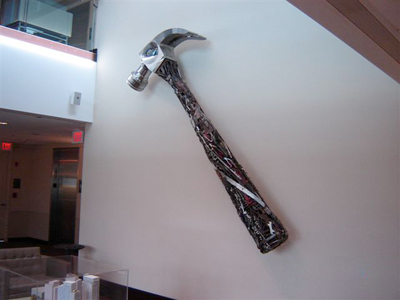

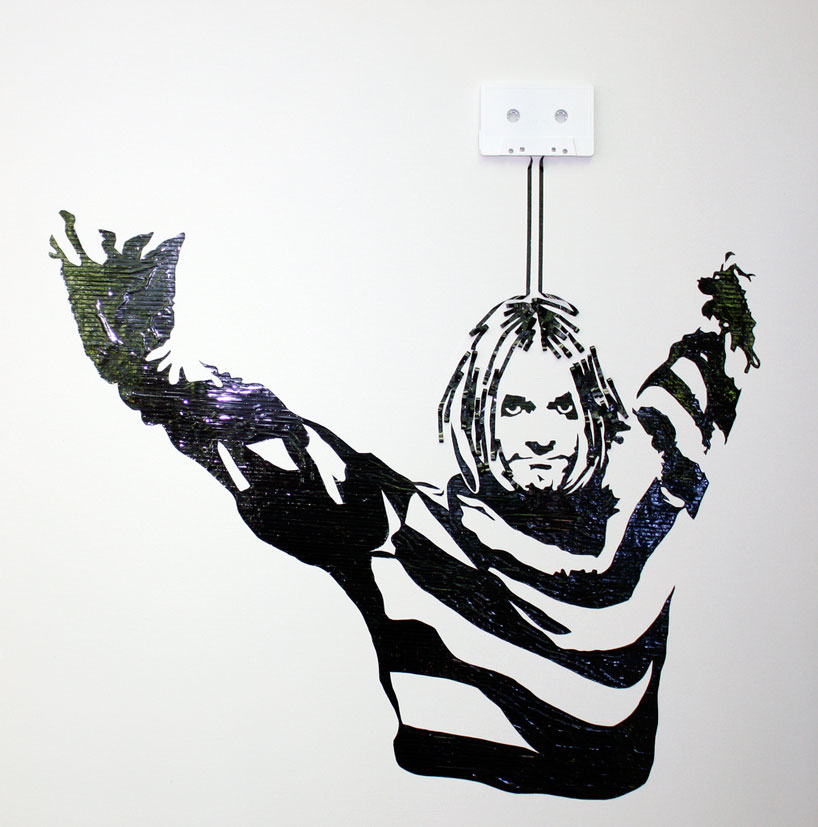

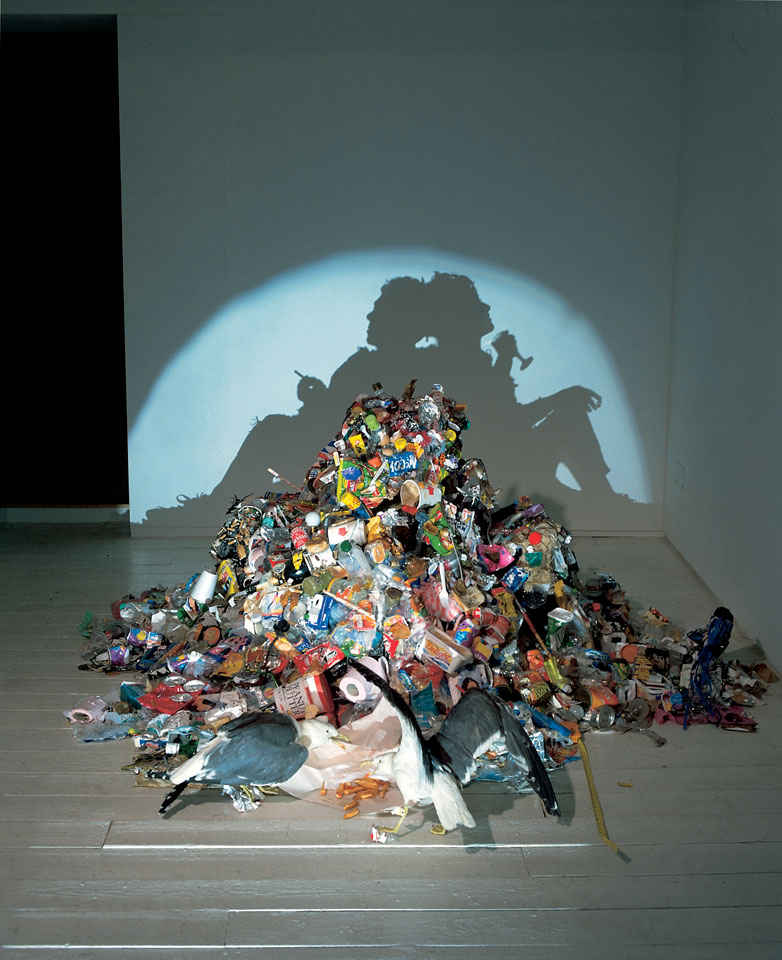
.jpg)



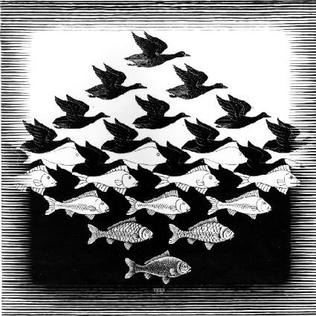





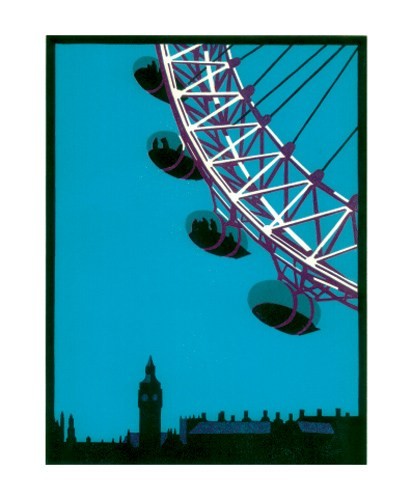
.jpg)